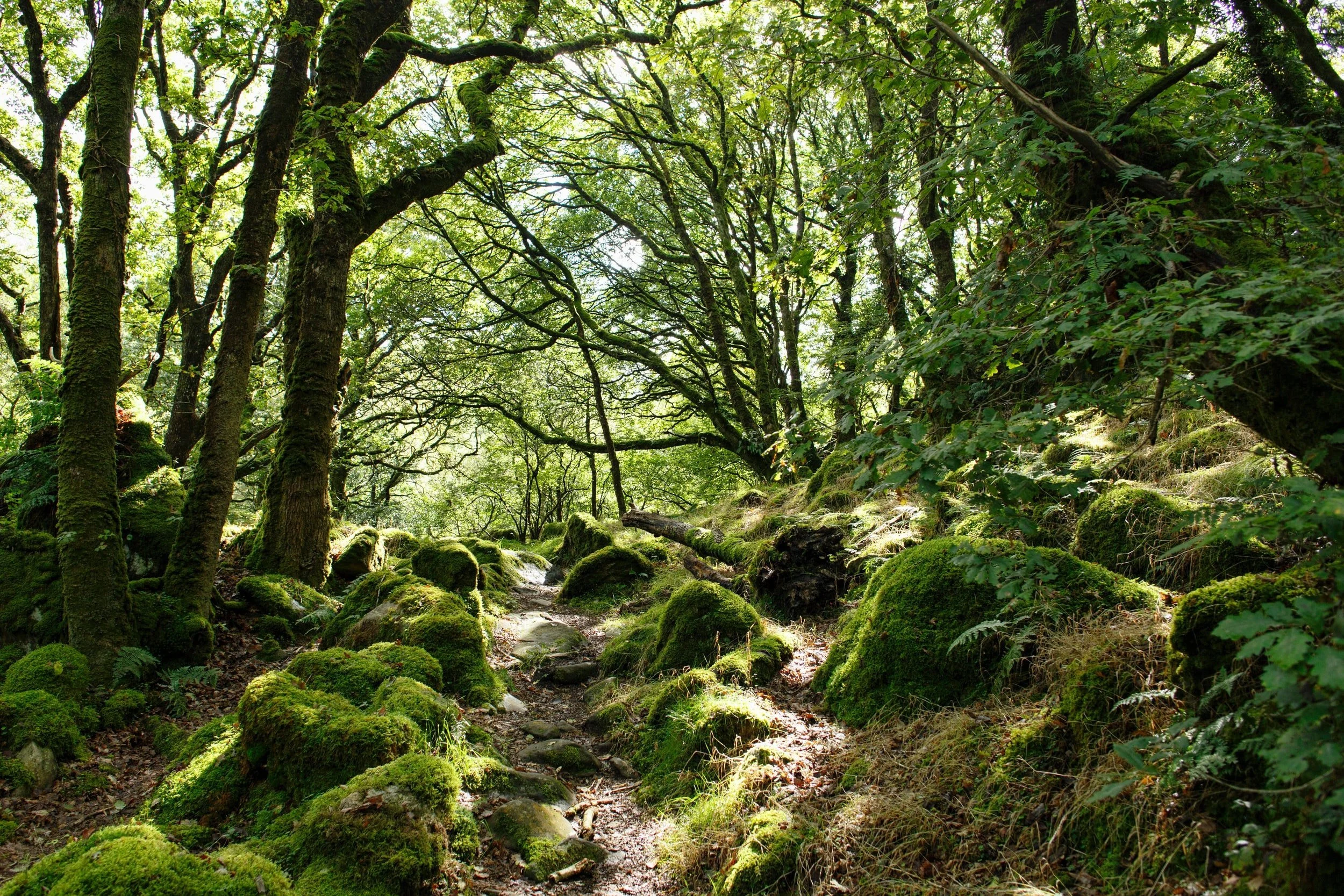Growing natural capital markets face hurdles and uncertainty on the ground
The Government must provide greater certainty so nature can reap the full rewards of private investment.
Natural capital markets are growing. Rising interest in carbon credits and incoming biodiversity net gain rules, which will see some developers purchase biodiversity credits to offset their impact on nature, should continue to drive demand through 2022 and beyond.
These growing markets present an opportunity to harness private capital and help plug the £97bn gap in finance needed in the next decade to achieve the UK’s environmental ambitions and level up access to nature. Green Alliance estimates that carbon sequestration alone could be worth up to £1.7bn a year for the UK’s land-based economy.
The Government recently introduced a Natural Environment Investment Readiness Fund to stimulate private investment. Meanwhile the Green Finance Institute (GFI) has launched GFI Hive, a shared hub of knowledge and best practice to help get the cash flowing.
But my research, conducted last year, highlights the difficult reality on the ground. These markets remain unsteady and uncertain, and major barriers are holding up a pipeline of good quality projects to meet demand, right when they are most needed.
The view from the ground
I spoke to people who have been working on the ground to encourage private investment in nature and develop natural capital projects that could put this money to good use. They were a mix of ecologists, conservationists, campaigners, and policy officers, many of whom have been working for years to convince businesses and investors that natural capital is worth their time and money.
As demand rises, those I interviewed are now eager to get a pipeline of projects in place that can harness this interest and investment, turning it into genuine improvements and gains for nature. They want to ensure the availability of natural capital projects that are well monitored and carried out to a high standard. Many also want to see net gain credits create a 20% uplift for biodiversity, double the Government’s mandatory 10%.
They are worried that without a pipeline of robust, high standard projects to invest in, the capital and credits will flow to low quality projects and go to waste. Yet their efforts face major hurdles which are stalling this pipeline.
The challenges
A pipeline of good quality projects depends on a joined-up framework of supportive stakeholders. Not only do you need investors who are interested in putting their money into the projects, you also need people in local authorities who understand natural capital and net gain, and take account of them in their decisions.
You need landowners and farmers who are confident that delivering improvements is worthwhile and are ready and able to meet demand. You need ecologists and other experts to advise, assess, monitor, and build good working relationships with these delivery partners. And you may need supportive businesses to help develop strong standards and contribute to local natural capital funds.
There are significant challenges for building this framework.
Limited staff and resources: Many local authorities are reluctant to spend their stretched finances and time to support the development of local natural capital markets. Those I spoke to were also concerned over a lack of dedicated planners and ecologists in local government who properly understand net gain and natural capital. In fact, many councils report that they currently feel unable to roll out net gain.
The conservation sector, often reliant on grant and project-based funding, also suffers from job insecurity and high turnover. As a result, staff who should be carrying out monitoring and building productive, long-term relationships with delivery partners might only be around for a short while before the process of relationship building has to start all over with a new face.
Trepidation among farmers and other land managers: The Government was recently accused of keeping farmers in the dark over its new Environmental Land Management Schemes (ELMS). My interviewees noted that, without certainty over what they can expect from the new schemes, many land managers have been reluctant to commit space and effort to biodiversity net gain or other natural capital projects, especially as delivering net gain credits will lock them into a 30-year commitment.
Lack of a clear steer from government: While government is encouraging the adoption of a ‘natural capital approach’, there is a lack of clear expectations and targets over who should adopt this approach, by when, and how a natural capital approach will lead to improvements on the ground. Those I interviewed pointed out that this makes it difficult to win over some businesses who could support and invest in the development of local natural capital markets. It also makes it harder to win round key partners like local planners who are understandably focused on clearer government priorities like housebuilding.
Opportunities for action
The government has clear opportunities to unclog the pipeline and support the development of smooth, robust markets for biodiversity credits and natural capital. For one, support for dedicated staff and training could ensure more of the right people are in the right place to ensure that biodiversity credits are invested strategically in high-standard, well-monitored projects.
Clear communication is important. Government could be clearer on ELMS to give certainty to land managers. It could be clear about the role it expects natural capital accounting and investment to play in delivering its environmental ambitions and levelling up agenda, and supporting wider land use changes such as its Local Nature Recovery Strategies. A strategic framework for rural land use, as proposed by Green Alliance, could also provide clarity around how different parcels of land can be used to meet these objectives.
Businesses, too, have a role to play. The people I spoke to are eager to partner with businesses to generate interest in high standard natural capital projects and get funds off the ground. Businesses can also make sure their money is put to best use by investing in transparent, well-monitored projects that deliver real gains for nature.
At Seahorse Environmental, we are proud to work with clients such as Wilder Carbon, who are driving the development of robust standards and monitoring for investment in nature. If you are part of an impactful campaign, NGO or business and want to be part of the solution, please get in touch: wparsons@seahorseenvironmental.co.uk
Will Parsons is an Account Executive for Seahorse Environmental. You can read the findings of his research here.

